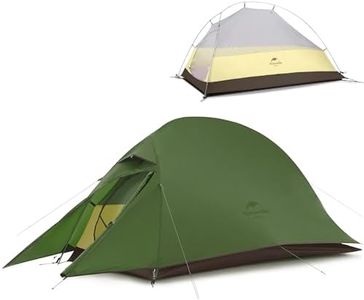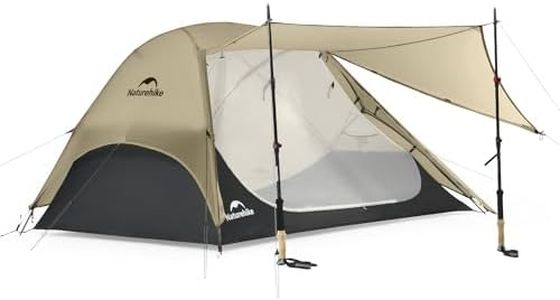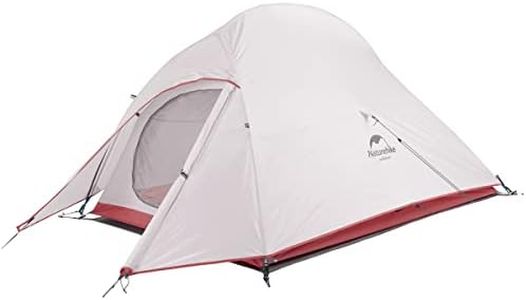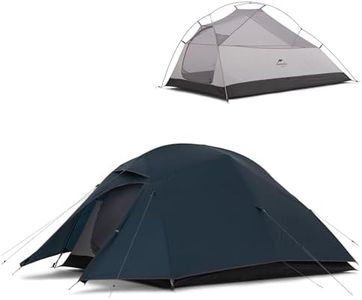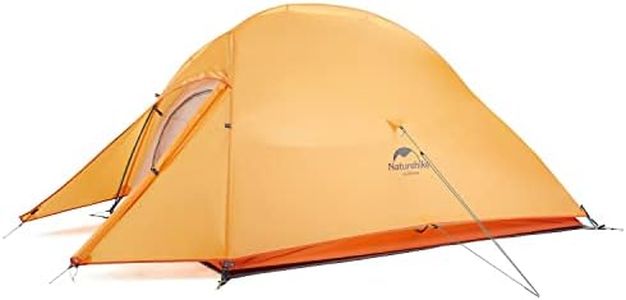We Use CookiesWe use cookies to enhance the security, performance,
functionality and for analytical and promotional activities. By continuing to browse this site you
are agreeing to our privacy policy
10 Best Backpacking Tents
From leading brands and best sellers available on the web.Buying Guide for the Best Backpacking Tents
Choosing the right backpacking tent is all about finding the balance between comfort, weight, and durability that fits your adventure style. Whether you’re going solo or with friends, think about what will make your nights in the wilderness both safe and restful. Start by considering where, when, and how often you’ll use your tent. Think about the local climate, how much you’re willing to carry, and how spacious you want it to feel. The following key features will help you match a tent to your unique needs.WeightTent weight is crucial for backpackers because you’ll need to carry it, often for miles at a time. Weight typically falls into ultralight (under 3 pounds), lightweight (3–4.5 pounds), and regular weight (4.5+ pounds). Ultralight tents suit minimalist hikers who want to cover long distances and are okay with fewer comforts. Lightweight tents balance comfort and portability for most backpackers. Heavier options can offer more space or durability but are best for short trips or group sharing. To pick the right weight, consider the length of your trips, your fitness level, and your willingness to prioritize comfort versus carrying less.
CapacityTent capacity refers to the number of people it is designed to sleep—usually listed as 1-person, 2-person, or 3-person, and so on. A 2-person tent fits two close sleepers and their gear, but it can feel cramped. Solo campers may prefer a slightly larger tent for gear storage and comfort. Larger groups need bigger tents but must share carrying duties. Choose based on how much space you need to sleep comfortably and whether you prefer extra room for gear inside the tent.
Season RatingSeason rating tells you what weather the tent is meant to handle. 3-season tents are the most common and work well for spring, summer, and fall—they offer ventilation and moderate weather protection. 4-season tents are built for harsh conditions, including heavy snow and strong winds, and are heavier and less ventilated. Choose 3-season unless you plan on winter camping in snowy or extreme weather. Match the season rating to the typical conditions you expect to face.
Setup Design (Freestanding vs. Non-Freestanding)Freestanding tents have pole systems that allow them to stand up without stakes; they’re easy to move around and quick to pitch, making them user-friendly. Non-freestanding tents rely on stakes and guylines and are usually lighter but require more skill and time to set up, especially on hard or rocky ground. For casual or beginner backpackers, freestanding tents offer convenience. Non-freestanding models suit experienced hikers willing to trade setup ease for lighter weight.
Weather Protection (Waterproofing and Ventilation)Weather protection is mainly about how well your tent keeps rain and wind out while letting condensation escape. The rainfly and tent floor materials are treated to resist water (look for high waterproof ratings). Good ventilation, from mesh panels or vents, helps reduce condensation inside. If you camp mainly in wet climates, focus on high waterproof ratings and a full-coverage rainfly. In dry, warm areas, prioritize ventilation to stay comfortable.
Packed SizePacked size is the amount of space the tent takes up in your backpack. Smaller packed tents are easier to manage, especially if you have a compact backpack or share tent parts with others. If every bit of space counts, check the packed length and diameter to be sure it fits with your other gear. Prioritize a compact packed size if your pack is small or if you need to save room for other essentials.
DurabilityTent durability relates to the thickness of the tent fabric (measured in denier) and overall build quality. Thicker materials and reinforced areas last longer and resist damage from rocks and branches but add weight. Lighter tents have thinner fabrics and require more care. If you camp in rougher terrain or value a long-lasting investment, go with a more robust tent. If cutting ounces is more important and you camp on softer ground, a lighter, less durable tent is suitable.
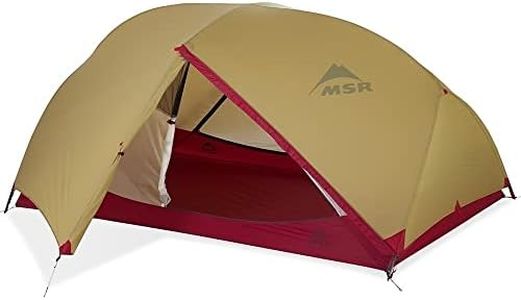
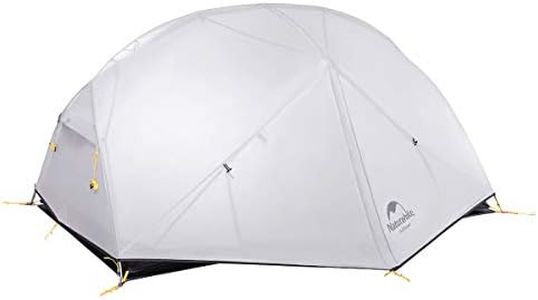
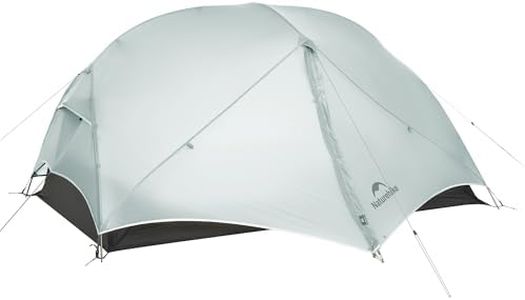
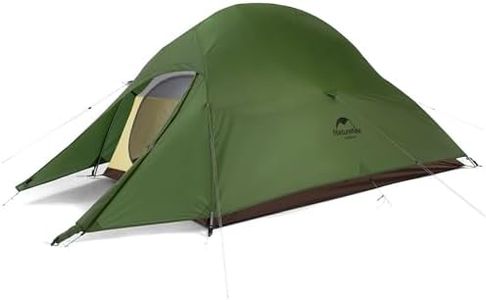
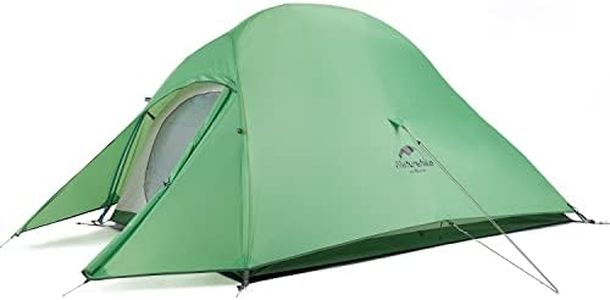


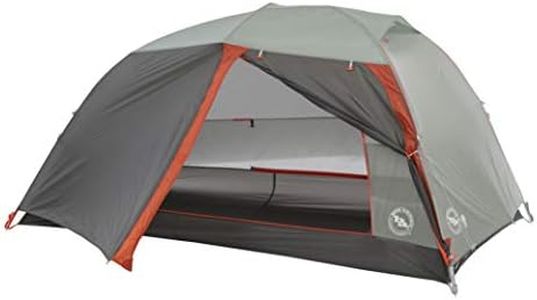
![Naturehike Mongar UL Tent [2025 Upgrade] 1.5kg/3.3lb Ultralight Tents,1/2 Person Backpacking Tent,4 Modes of use, Waterproof,Hiking Tents for Camping with Front Porch (Khaki-15D, 1 Person)](https://images-proxy.bestreviews.guide/0xU-c96xsD5A4WBJJ6RezoQ10Wo=/0x300/https://m.media-amazon.com/images/I/41JEzwwfpoL._AC_CX679_.jpg)
